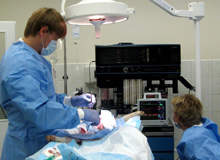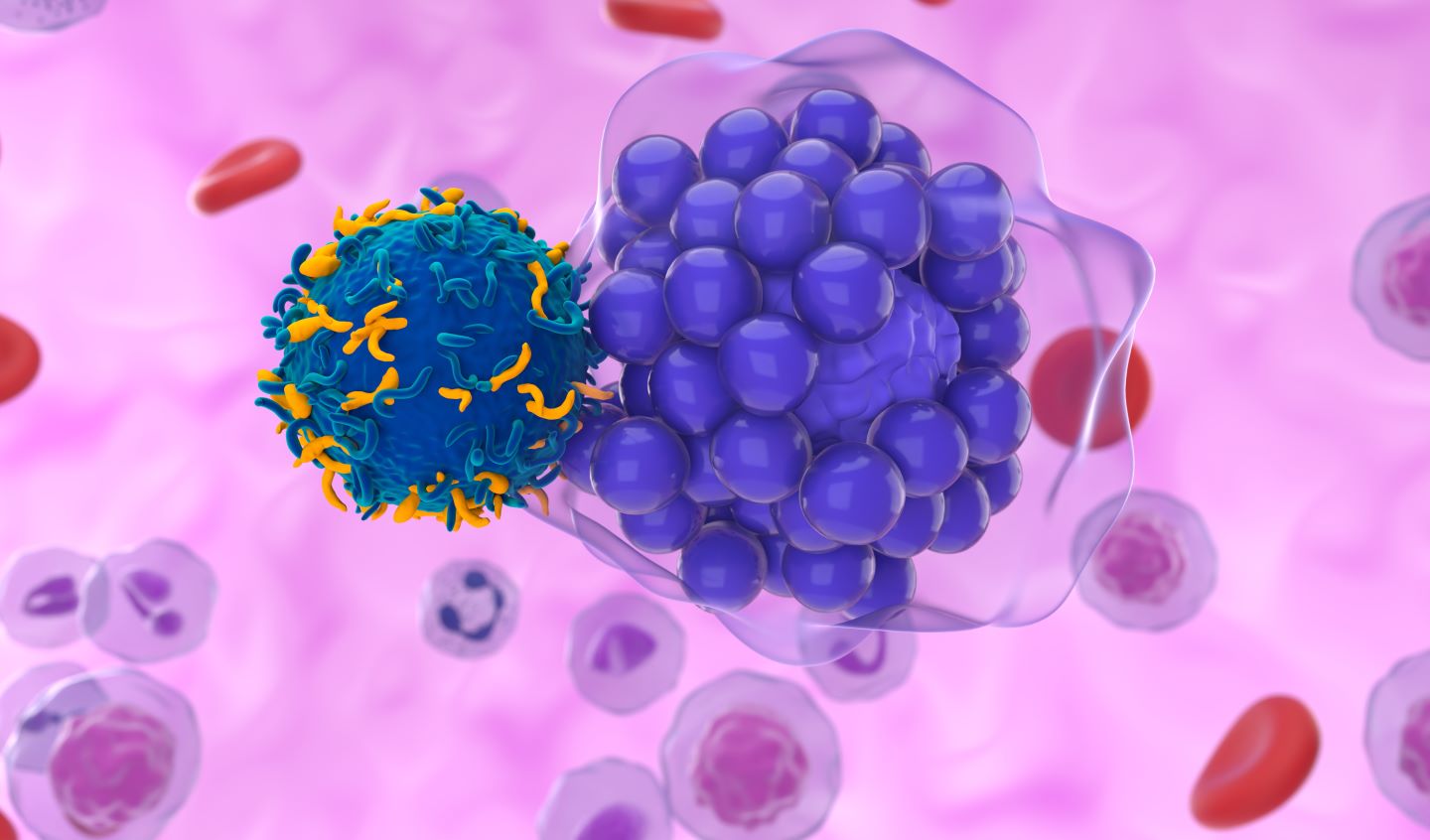The Future for Biotesting
The pharmaceutical industry's annual CPhI exhibition is approaching, showcasing the latest innovation and development. Natalie Coomber speaks to Dr Ivana Surovà, executive manager of business development at Biotest about the technology the company is employing and its plans for the future.

Natalie Coomber: Can you provide a quick background on the history of Biotest and the main work it is currently undertaking?
Dr Ivana Surovà: Biotest s.r.o. was established in 1999 in the process of privatisation of the State Research Institute for Pharmacy and Biochemistry in the Czech Republic. Before the inception of this institute, the facility was oriented towards pre-clinical toxicology and breeding of the laboratory animals. Now the facility is completely private, owned and governed by five co-owners, which all hold the key positions in the company’s management structure.
The first activities of the company concerned the pre-clinical toxicological testing of several new candidate molecules showing cytostatic activity, initially developed by a former research institute, as well as the breeding and supplying of laboratory animals. Because of its scientific quality, GLP certification and flexibility, the company has now managed to attract new partners.
New projects we have been involved with have helped the company to accelerate its development in the field of pre-clinical research. Now the company is a GLP-certified contract research organisation that focuses on three main domains. Firstly, there is a comprehensive toxicological service for human and veterinary pharmaceuticals and biopharmaceuticals, food additives, chemicals and agrochemicals. Secondly, we conduct pre-clinical research and development in the fields of oncology, cardiovascular disorders, anti-influenza vaccines and diabetology. Then we have an accredited animal breeding laboratory for non-human primates, dogs, ferrets and rodents.
NC: What are the most recent developments in your genotoxicity studies and which are proving most successful?
IS: Our genotoxicity testing includes the core battery of the tests requested by EMEA/ICH including mutagenicity in vitro, chromosomal aberration test in vitro and micronucleus test in vivo. More over, because of so-called “alternative methods” to reduce laboratory animal use, in vitro micronucleus testing is now under an internal validation process and we except to be doing it by the end of this year.
NC: A few projects focusing on influenza, which Biotest was involved with, concluded in 2007. Can you reveal the results of these?
IS: The results obtained cannot be disclosed for the time being, but one of these projects seems to be very promising in the clinical trial running. It will most probably lead to a new anti-flu vaccine.
NC: What areas of animal testing should receive more funding? What do you see as the main funding priorities?
IS: In general, all research and testing activities need intensive funding, as state-of-the-art methods and equipment should be used. In addition, animal welfare must be of a high level, which means that there needs to be strongly defined environmental conditions, including good feed quality as well as highly trained and skilled personnel. Within our own research activities, the haemodynamic laboratory is where we are putting most funding as the equipment and methodology used is very precise.
NC: You mentioned that having highly trained and skilled personal is a priority for the industry. Can recruiting the right employees be challenging?
IS: We mainly recruit our staff from local universities and special high schools. Additionally, we also have some colleagues from abroad. Pharmaceutical research generally, and pre-clinical research in particular, is very dynamic in its development. This provides a wide range of challenges and possibilities for employees and it is therefore quite an attractive option.
NC: What are the latest technological developments in the pharmaceutical industry particularly aimed at animal laboratories and what cutting-edge facilities are available to you now?
IS: In cooperation with an American research centre, we have developed a sophisticated haemodynamic laboratory for study of cardiovascular disorders in experimental animals, which is the only laboratory in the Czech Republic able to work under GLP conditions. This is our most cutting-edge facility and we use it for challenging experiments in big animals like monkeys and dogs, and in the near future mini pigs. This enables study of haemodynamic processes under experimental conditions using state-of-the-art equipment and makes it possible to look at the effects of newly developed pharmaceuticals.
In the near future, we will add a facility for the production of monoclonal antibodies specifically used in neurological research.
NC: Specifically at Biotest, how much of your work focuses on veterinary, as opposed to human studies?
IS: Approximately 75% of our work focuses on human drugs, 15% on veterinary drugs and 10% on chemicals and agrochemicals within REACH. As far as human pharmaceuticals are concerned, both new chemical entities and so-called “biosimilars” are included, while in veterinary drugs most demand is for modified, as opposed to reference, drugs.
NC: You mention REACH, which is a relatively new European Community Regulation on the safe use of chemicals that came into force on 1 June 2007. Do you think it has had a good effect on your industry?
IS: Yes, we think so even if it has been a huge financial and administrative drain.
NC: Biotest developed an internal education programme this March. How important is it for firms to work together on the education aspect and how is your own internal project developing?
IS: The first aim of our internal education programme is to give as much information as possible to our employees involved in the projects. The second aim is to educate and train newly recruited people in the specific fields of the company’s activities.
We are currently devising the second part of this year’s programme and preparing the main topics for next year. We consider cooperation between firms and institutions in educational programmes to be very useful because it offers the possibility for employees to get a broader view of all the disciplines involved in the industry.
NC: What are the priorities for Biotest in the next 12 months?
IS: Our overall priority is to maintain and increase the expertise level of the staff attending pre-clinical projects. As far as the next 12 months are concerned, our main goals are to finish setting up the haemodynamic laboratory and validate the experimental methods being used. The further development of this activity is funded by a grant research project and contract research activity. We will also continue to work on a project concerning poly- and mono-clonal antibodies production oriented to neuroreceptors (GABA, CRIP). Also within the laboratory, we are planning a tissue cultures project, focusing on tumour activity screening and the consequence of in vivo testing.
Biotest will be exhibiting at CPhI Worldwide 2008 between 30 September and 2 October, Messe Frankfurt, Germany.
What's Your Reaction?

































